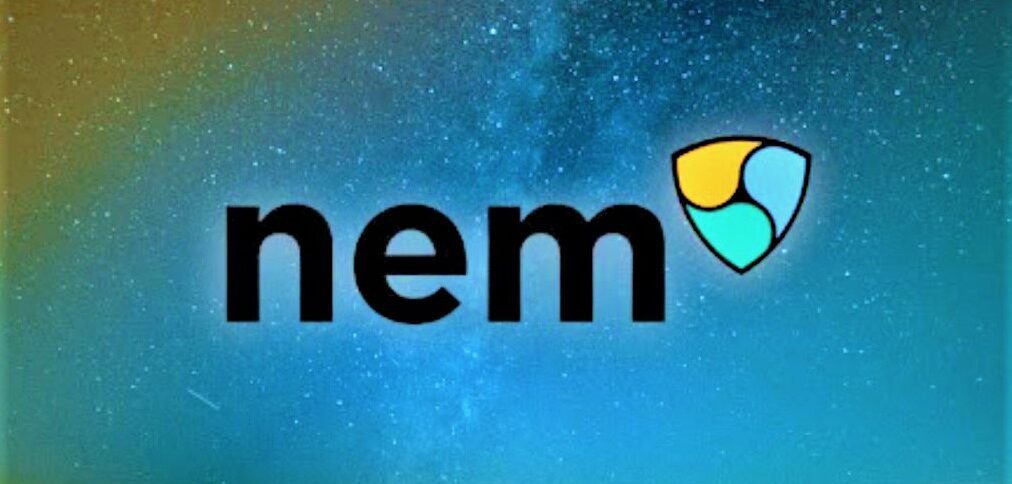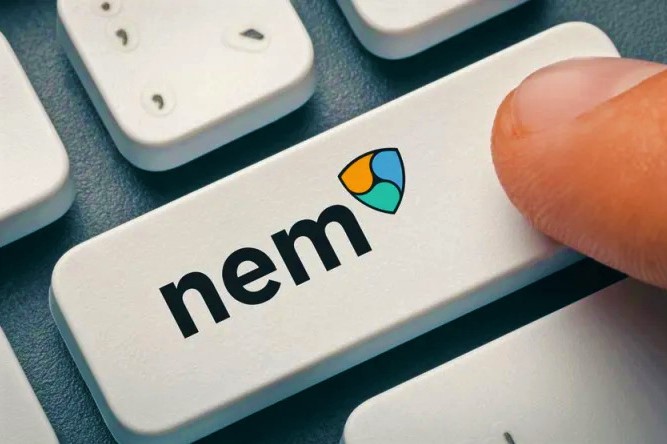
Introduction of NEM
NEM stands for New Economy Movement and is a blockchain platform in the cryptocurrency industry in 2015. It is a cryptocurrency community that carries the trading symbol XEM. NEM was originally intended as a fork of NXT, which an anonymous Bitcointalk.org member named “utopianfuture”. Utopianfuture registered on Bitcointalk on December 7, 2013 and is “Sr. Member” in the session.
NEM was created amid controversy over a utopian future that uses multiple identities or “sockpuppets” to drum up acceptance for the project. He has resigned from this job. NEM was originally a fork of Nxt, and was rebuilt from the ground up in 2015 by a non-profit organization from Singapore: the NEM Foundation. The alpha version of NEM was released on June 25, 2014.
Also, funding for the project took about a month between January and February 2014. However, the first stable release was on March 31, 2015. NEM is known for its one-minute downtime, proof-of-interest (POI) algorithm, and multi-signature accounts. Nowadays, NEM blockchain software has many uses. For example, it has many programs beyond cryptocurrency. One of the uses of NEM is in the blockchain business called Mijin. Many financial institutions in Japan (and other countries around the world) are now using this blockchain.
Suddenly, the term “New Economy Movement” has gone out of fashion, and the organization now refers to itself as NEM. The token that supports the NEM blockchain is XEM. The total supply of XEM is 8,999,999,999. All token mining took place in the first block. Furthermore, NEM offers both permissionless blockchain solutions and permissioned blockchain solutions. Blockchains enable businesses to create a version of the core NEM blockchain.
History and evolution
The NEM cryptocurrency was created in 2015 on March 31. Its beginnings date back to January 2014 and all the code was written in Java instead of a fork or copy of the existing blockchain. Lon Wong is the chairman of the NEM Foundation, and its goal is to promote blockchain technology to every industry, government or academic institution in the world.
The NEM blockchain is designed to be customizable and easily adopted in any domain. The current development process is in the fourth quarter of 2018, which is the development of the NEM Catapult blockchain, or NEM 2.0. Its purpose is to improve business speed and overall performance.
How can you benefit from XEM?
Think of mining like Bitcoin mining, but without the need for complex hardware. You support those transactions and get rewarded in return.
Anyone with at least 10,000 XEM is eligible for harvesting. The following tokens must be present, which means that they have spent time in your wallet: + 10% of the XEM you save as earned every day.
The city goes by default. Your computer must be enabled to run NIS (NEM Infrastructure Server). This is the NEM node where your private key will be transferred to sign the transaction. NIS nodes run the entire NEM blockchain: they enable wallets and mobile phones, and other applications that need to be synchronized with the blockchain.
Selective collections are made in remote NIS. You can choose any NEM coin without worrying about losing your coins. Here’s how it works: you transfer your tokens to another account without XEM. You also send your private key to this node because the node needs them to sign the transaction. The node only has your important signal, not your XEM, so your signal is not good. Rewards are sent to your NEM wallet. For selective harvesting, your computer does not need to be running 24/7.
Examples of NEM usage

NEM provides a seamless ability to integrate between public and private blockchains. It makes it easy to transfer any digital asset, such as a token, contract, or file, through the company’s internal network, driven by the public blockchain, and finally to the network of other companies. Today, a user cannot transfer money directly from their PayPal account to their Venmo account. NEM’s private and public blockchain interfacing can make these transfers possible, as long as all parties agree. NEM can manage everything: financial assets, contracts, documents and many digitized assets.
You can create your own PayPal or Venmo on the NEM network. For example, NEMPay, an open source payment app is already available on NEM, and its participants can easily configure it to use their own crypto tokens for easy money transfers.
Other uses of NEM include chains of retail stores using it to maintain and track customer loyalty programs, or shipping companies using it to Maintained shipping and handling of data, or as open, secure, and end-to-end. logistics chain management system. Other public features include secure voting, record keeping, registration and access control.
For example, to achieve a majority decision in a parliamentary assembly, the NEM algorithm can be used to build in multiple signatures to decide whether or not at least N out of a total of M signatures have been received. NEM also allows the participant to create, share and trade cryptocurrencies and tokens compatible with other wallets and products in the NEM ecosystem.
One can also conduct an initial coin offering (ICO) on NEM using this resource. Technically, NEM is API compliant, so it allows any global application to connect and use it on the NEM platform. Any new or existing mobile application, web application, database, or other program can connect to the NEM blockchain and securely interact with it using the API Gateway server and API calls. It allows a simple and complete configuration of how they authorize access and use of NEM, in an open and self-modifying environment.

